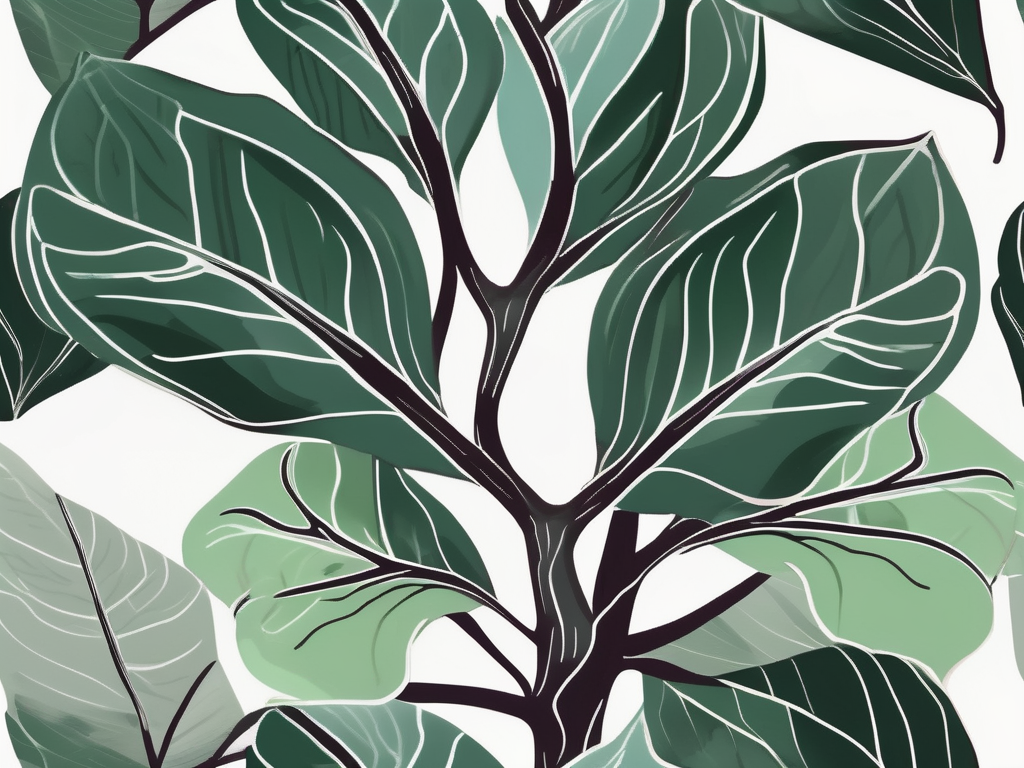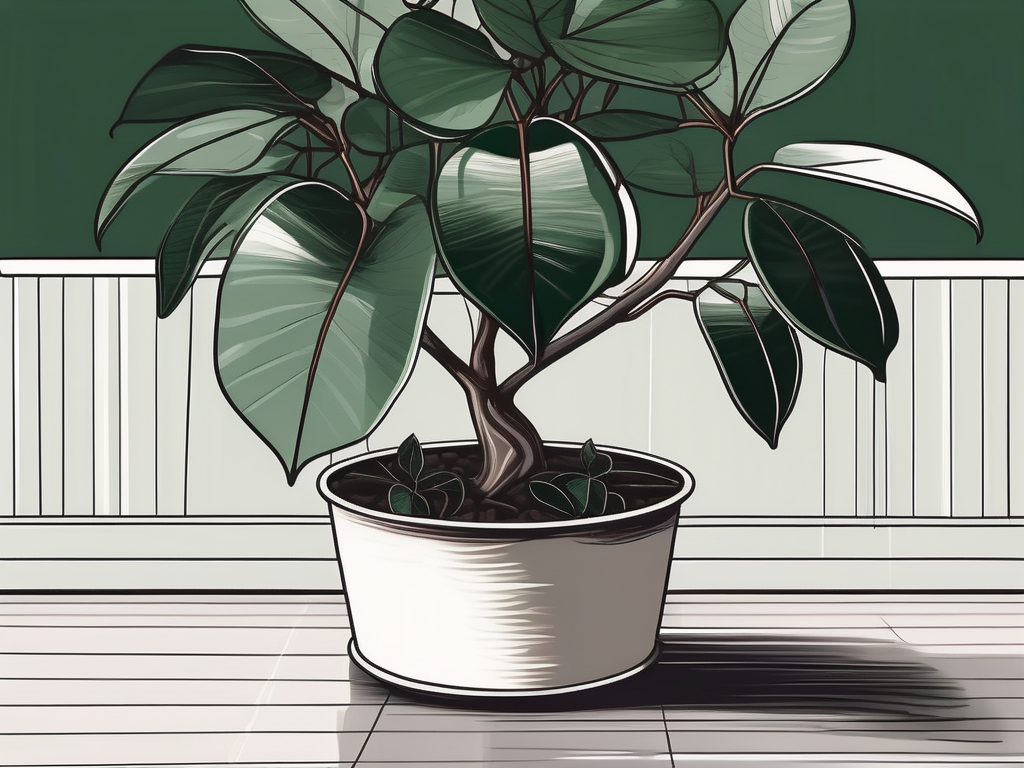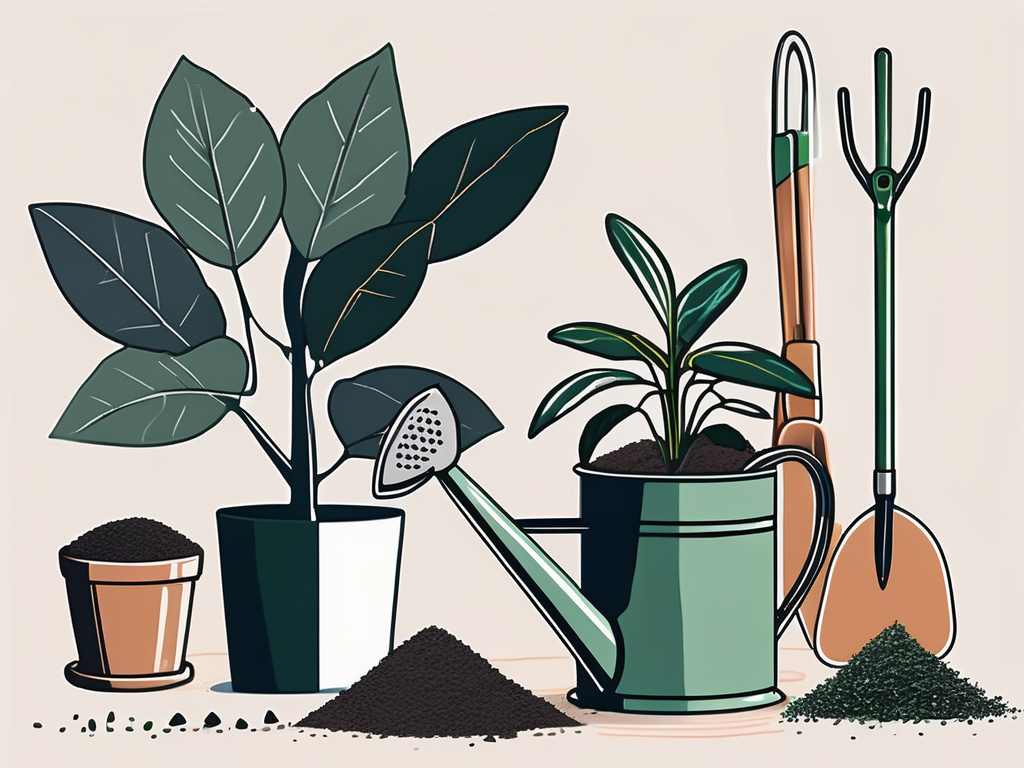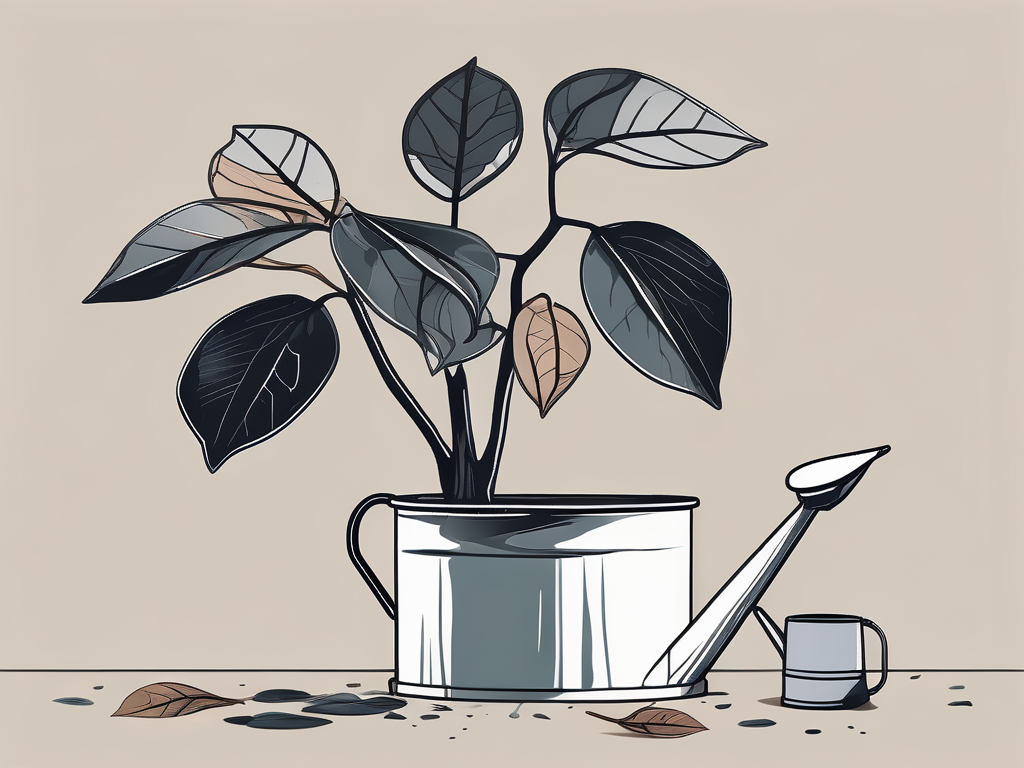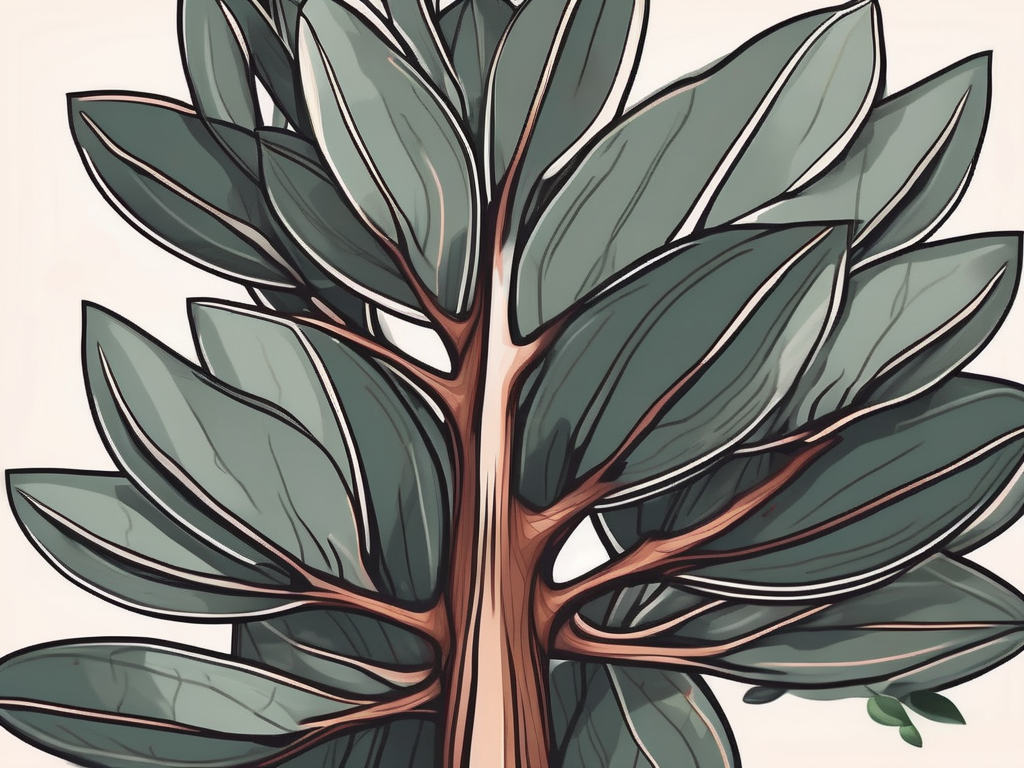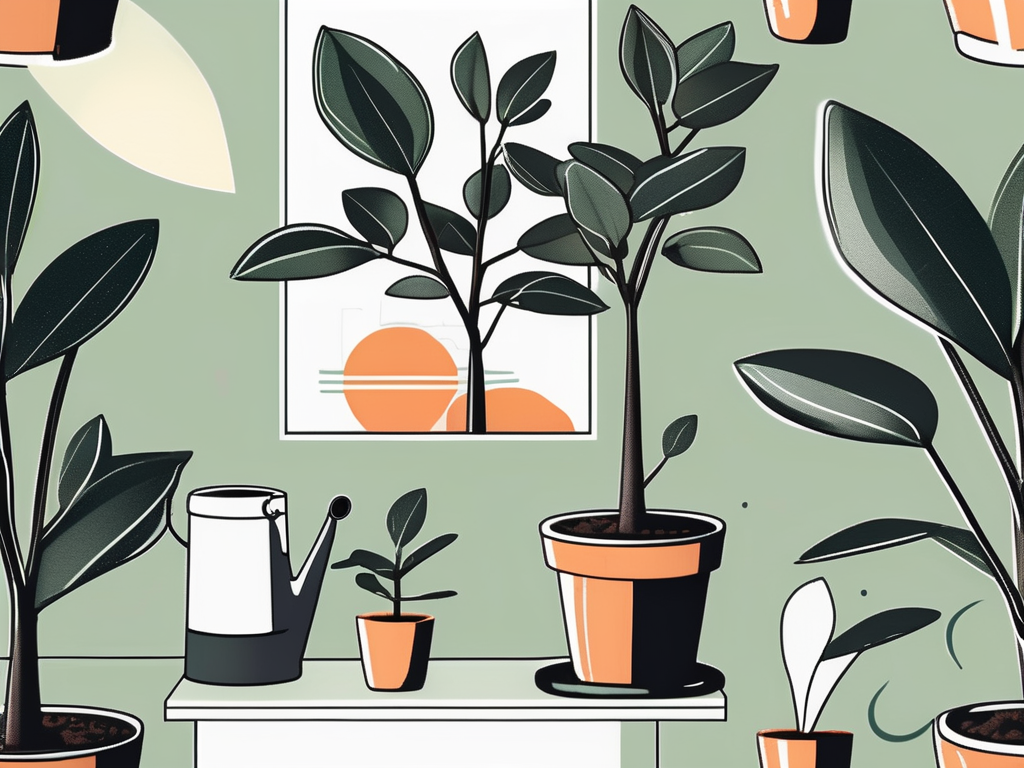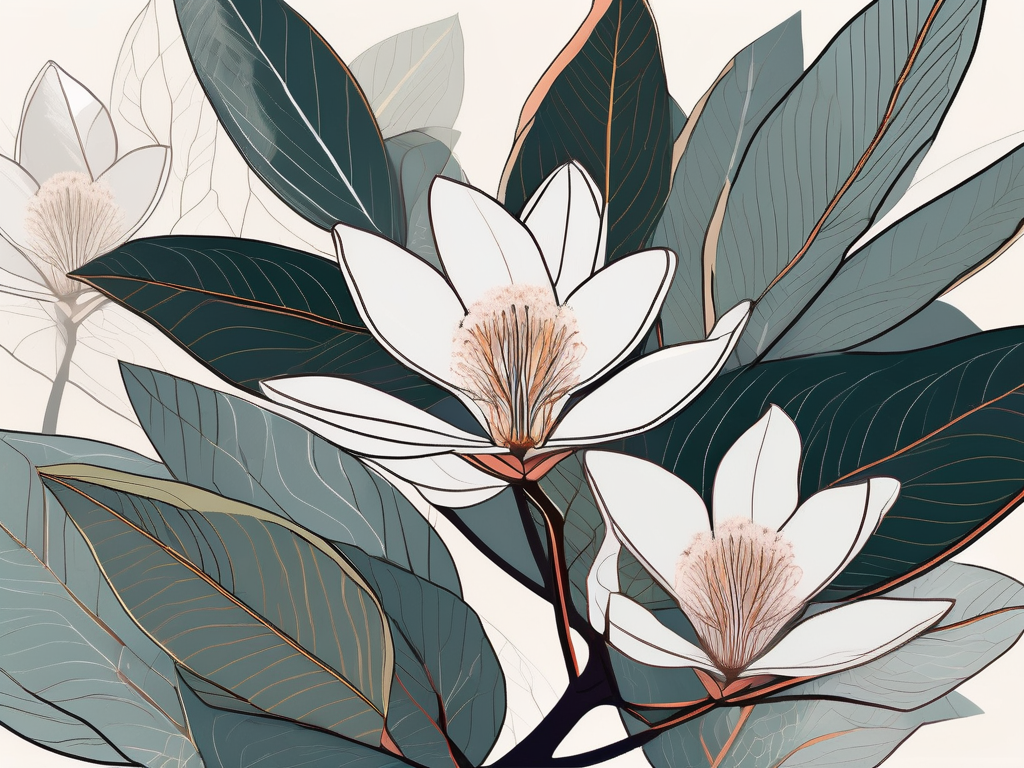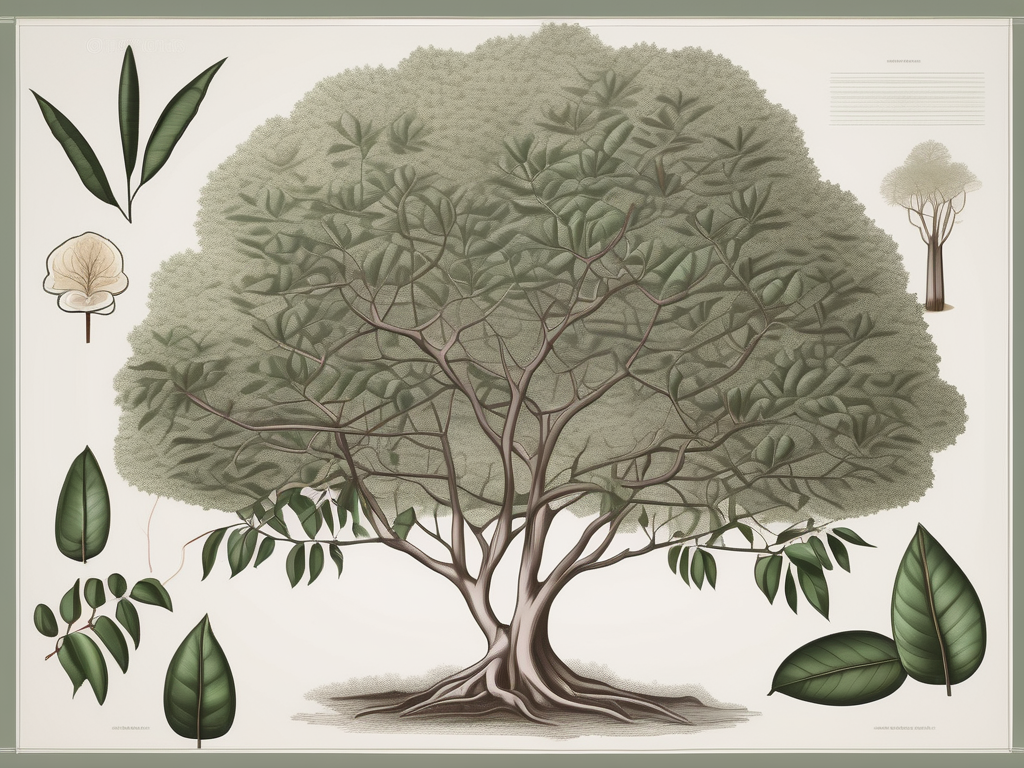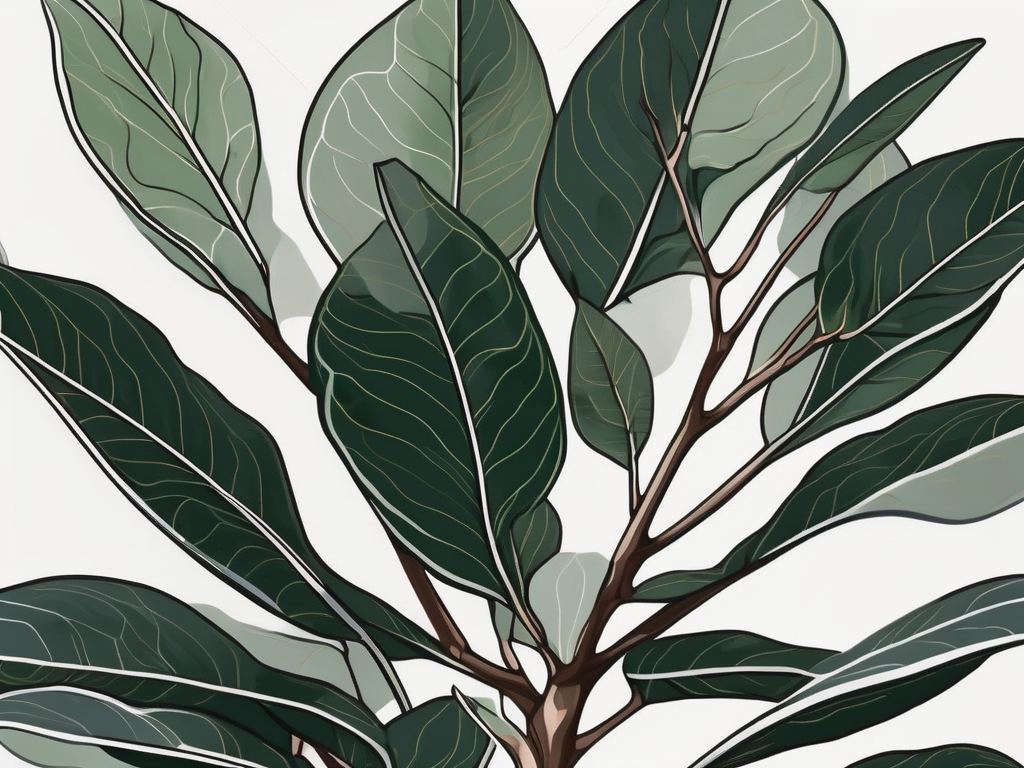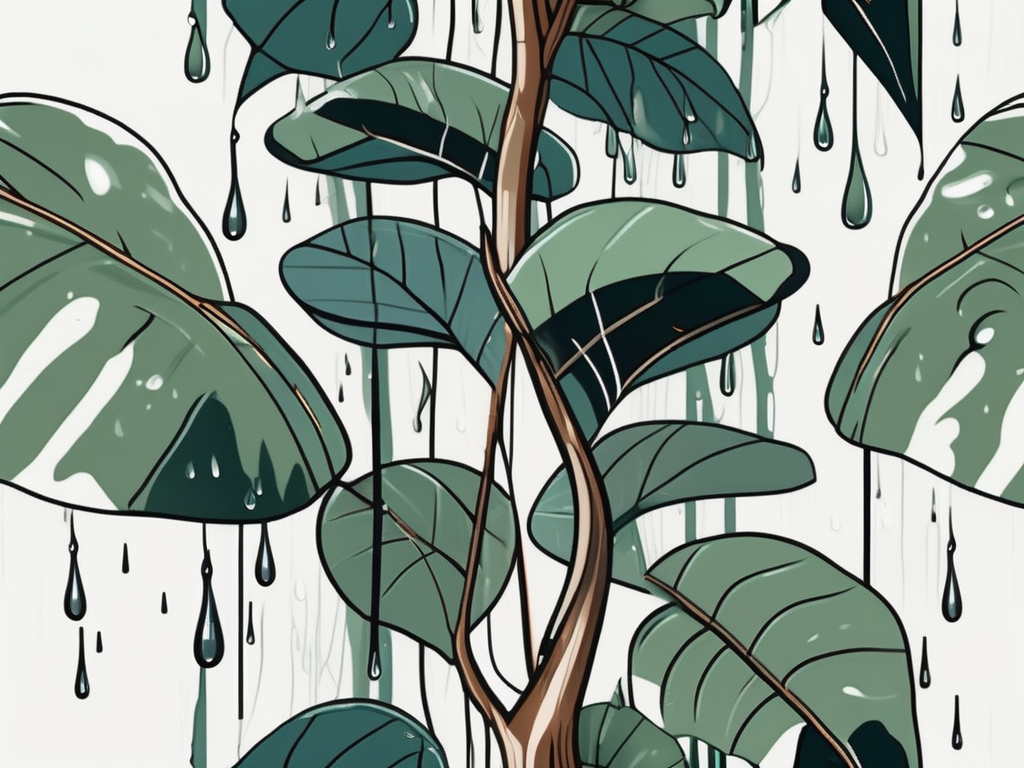
Ah, the rubber tree—often the unsung hero of the indoor plant world. This resilient beauty can transform any space with its glossy leaves and elegant stature. Whether you're a seasoned plant parent or just starting to flex your green thumb, the rubber tree is a fantastic addition to your home. But how do you keep it thriving?
In this guide, we'll walk you through everything you need to know about rubber tree care. From choosing the right spot in your home to dealing with pesky pests, we’ve got you covered. So, grab a cup of tea, sit back, and let's get into the nitty-gritty of nurturing your rubber tree.
Choosing the Right Spot for Your Rubber Tree
First things first, where should you place your rubber tree? These plants love light, but not just any light. Think of them as having a Goldilocks complex; they prefer a spot that's just right. A bright, indirect light source is perfect. Imagine the kind of light that filters through sheer curtains—that’s what your rubber tree craves.
Direct sunlight? Not so much. While a morning sun spot can be beneficial, the harsh afternoon rays can scorch those beautiful leaves. If you notice the leaves turning brown or crispy, it might be time to reconsider your rubber tree's placement.
On the flip side, too little light and you'll notice your plant getting a bit leggy, stretching towards whatever light source it can find. Aim for a happy medium, and your rubber tree will reward you with lush growth.
- Keep your plant near an east-facing window for soft morning light.
- Avoid placing it directly under a harsh afternoon sun.
- Consider using sheer curtains to filter intense light.
In case you're wondering if artificial light can work, the short answer is yes. If natural light is a bit scarce, a grow light can be a great substitute. Just make sure it’s not too close, as rubber trees are not fans of intense heat.
Understanding the Watering Needs
Watering can be tricky, but it doesn’t have to be. Rubber trees prefer their soil to dry out a bit between waterings. Overwatering is one of the most common pitfalls, leading to root rot and a very unhappy plant.
Here's a simple trick: Stick your finger into the soil about an inch deep. If it feels dry, it's time for a drink. If it’s still moist, hold off for a few more days. This method is far more reliable than sticking to a rigid schedule.
When you do water, water thoroughly. Make sure the excess water drains out completely, as rubber trees dislike sitting in waterlogged soil. If your pot doesn’t have drainage holes, well, that’s a recipe for disaster.
- Let the top inch of soil dry out before watering.
- Ensure the pot has adequate drainage.
- Avoid letting the plant sit in standing water.
During winter, your rubber tree will likely need less water. The reduced light and cooler temperatures slow down its growth, meaning it uses less water. Adapt your watering routine to the seasons, and your plant will thrive.
Picking the Perfect Soil
Soil might not be the most glamorous part of plant care, but it’s crucial. Rubber trees prefer well-draining soil. You can use a standard potting mix, but adding some perlite or coarse sand can improve drainage and prevent water from pooling around the roots.
If you’re feeling adventurous, you can create your own mix. A simple recipe involves combining equal parts potting soil, perlite, and peat moss. This mixture strikes a balance between retaining moisture and allowing excess water to escape.
- Use a well-draining potting mix.
- Add perlite or sand to improve drainage.
- Consider making a custom mix with potting soil, perlite, and peat moss.
Remember, the goal is to mimic the natural environment of the rubber tree, which hails from the rainforests of Asia. There, the soil is rich but drains well, ensuring the roots don't stay soggy.
Feeding Your Rubber Tree
Like us, plants need nutrients to grow strong and healthy. While rubber trees aren’t particularly fussy about fertilizing, a little boost now and then can work wonders.
During the growing season, which is typically spring and summer, feed your rubber tree with a balanced liquid fertilizer every four to six weeks. Dilute it to half the recommended strength to avoid overfeeding, which can lead to fertilizer burn.
In the fall and winter, you can ease up on the feeding. The plant's growth slows, so it doesn’t need as much nutrition. Over-fertilizing during this period can do more harm than good.
- Use a balanced liquid fertilizer during the growing season.
- Feed every four to six weeks, diluting to half strength.
- Reduce feeding during the fall and winter.
If you're using organic fertilizers, like compost or worm castings, the same rules apply. Just be mindful of the quantities, as organic options can sometimes be more potent than their synthetic counterparts.
Pruning and Shaping
Pruning is where you get to play plant stylist. Not only does it help maintain the shape you want, but it also encourages bushier growth. If your rubber tree starts getting a bit leggy, a trim will do the trick.
When pruning, use clean, sharp scissors or pruning shears to make clean cuts. You’ll want to cut just above a leaf node (the spot where the leaf attaches to the stem). This encourages the plant to branch out, resulting in a fuller appearance.
Don't worry about removing leaves that are yellowing or damaged—it's perfectly natural. In fact, it helps the plant focus its energy on new growth.
- Use clean, sharp tools for pruning.
- Cut above a leaf node to encourage branching.
- Remove yellowing or damaged leaves.
Pruning can also keep your rubber tree at a manageable size. Remember, these guys can grow quite tall in the wild, so if you’re short on space, regular pruning is your friend.
Dealing with Pests
Even the hardiest plants can fall victim to pests, and rubber trees are no exception. The most common culprits include spider mites, scale insects, and mealybugs. But don't panic! You've got this.
First, a gentle shower can dislodge many pests. Take your plant to the sink or shower and give it a good rinse. This can be surprisingly effective for light infestations.
For something more persistent, you might need to step up your game. A cotton swab dipped in rubbing alcohol can be used to wipe off pests, like scale or mealybugs, from the leaves. Insecticidal soap or neem oil are also great, eco-friendly options.
- Rinse the plant to remove light infestations.
- Use rubbing alcohol on a cotton swab for stubborn pests.
- Consider insecticidal soap or neem oil for persistent problems.
Regularly checking your plant can prevent an infestation from getting out of hand. If you spot something early on, you're much more likely to keep your rubber tree happy and healthy.
Repotting When Necessary
Rubber trees are generally fast growers, especially when they're happy. This means they'll eventually outgrow their pots, so repotting is a necessary part of their care routine.
Look for signs that it's time to repot: roots poking out of the drainage holes, soil that dries out too quickly, or a noticeable slowdown in growth. If any of these ring a bell, it's time to give your plant some extra legroom.
When repotting, choose a pot that's just one size larger than the current one. Too big, and you risk overwatering; too small, and the roots won't have enough room to spread.
- Repot when roots are visible through drainage holes.
- Choose a pot one size larger.
- Refresh the soil to provide new nutrients.
Spring is the best time for repotting, as the plant is in its active growth phase. This makes it easier for the rubber tree to adjust to its new home.
Creating a Plant-Friendly Environment
Your rubber tree will be happiest in a warm, humid environment, much like its native habitat. If your home is particularly dry, especially in winter, consider misting the leaves occasionally or placing a humidifier nearby.
Temperature-wise, rubber trees prefer to be warm and cozy. They thrive in temperatures between 60-85°F (15-29°C). Avoid placing your plant near drafts or sudden temperature changes, like near heaters or air conditioners.
- Mist leaves or use a humidifier in dry environments.
- Maintain temperatures between 60-85°F (15-29°C).
- Avoid drafts and sudden temperature shifts.
Creating the right environment isn't just about temperature and humidity. Consider the overall vibe of your space. Grouping plants together can create a mini microclimate that's more humid and supportive for your rubber tree.
Styling Your Space with a Rubber Tree
Now that your rubber tree is thriving, let's talk style. With their striking leaves and impressive height, rubber trees make excellent statement plants. They can fill an empty corner, act as a natural room divider, or even add a touch of the tropics to your home.
Consider placing your rubber tree in a decorative pot that complements your decor. Whether you're into sleek, modern lines or rustic, earthy tones, there's a pot out there that will make your plant pop.
- Use rubber trees as statement pieces in empty corners.
- Choose a decorative pot to match your decor.
- Group with other plants for a lush, indoor jungle feel.
Don't forget about vertical space. Tall plants like rubber trees draw the eye upward, making rooms feel larger. You might even consider adding a spotlight to highlight its beauty in the evening.
Final Thoughts
Caring for a rubber tree can be incredibly rewarding, thanks to its striking appearance and relatively low maintenance requirements. From providing the right light and water to dealing with the occasional pest, your rubber tree can thrive with just a bit of attention.
If you're looking to expand your plant family or need any advice, Cafe Planta is here to help. We offer a wide range of houseplants and plant care accessories, and we're always happy to chat about plants. Feel free to email us or drop us a DM on Instagram. Whether you're a seasoned plant parent or just starting out, we're excited to help you create a thriving plant collection that brings a touch of nature into your home.













